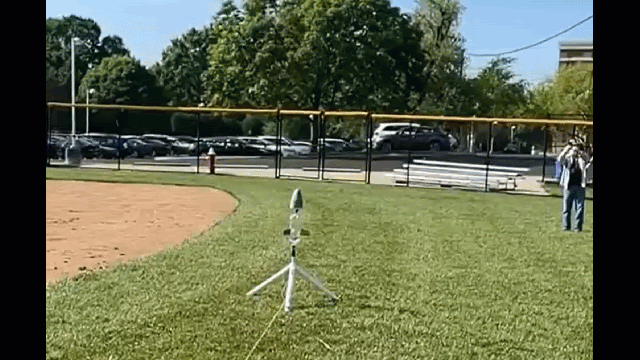Data-collection technology has been an essential component in Pat Counts’ physics and Advanced Placement (AP) Physics classes at Wyoming High School since he started teaching there 24 years ago. As technology has transformed over time, Counts has continued to find innovative ways to engage his students through hands-on, tech-enhanced experiments.
“My school purchased a lab set of the Vernier Universal Lab Interface the first year I was hired,” said Counts. “Since the very beginning, data-collection technology has been an important part of my instruction. I’m always looking for new ways to integrate technology into my labs to help students make real-world connections as they learn about physics concepts.”
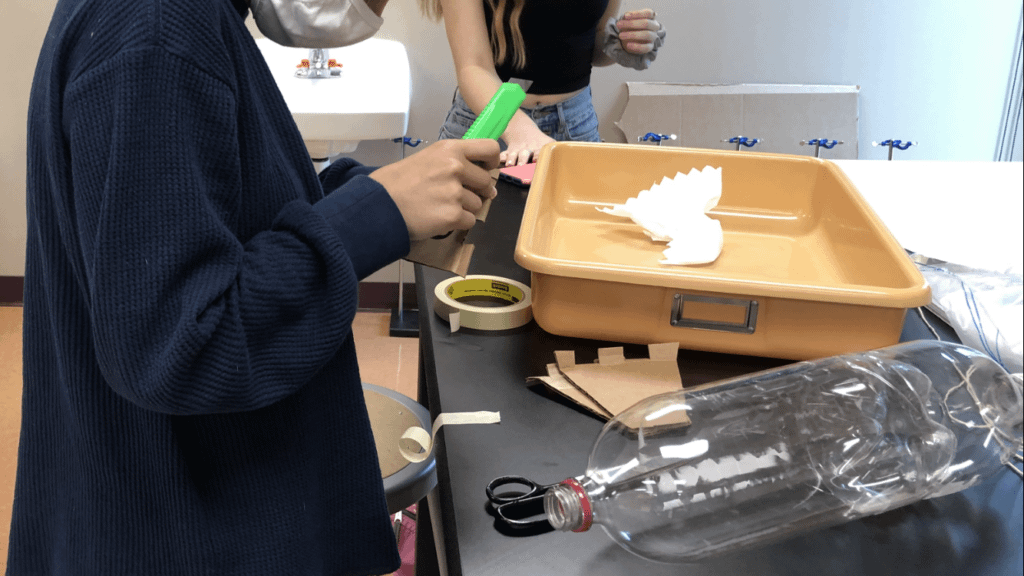
Getting Started
A major theme for the school’s AP Physics C course is the connection between force and motion, so Counts implemented a year-long water rocket project to teach students about the concept and its many facets.
In the fall, as an introduction to force and motion, students build their rockets from two-liter bottles, add water and compressed air, launch the vessels, and evaluate the launch performance by measuring maximum height and time aloft.
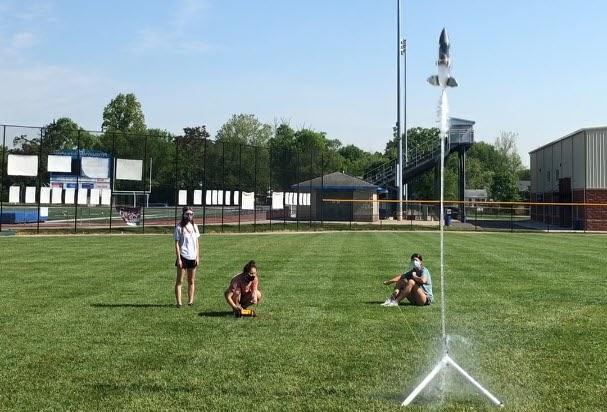
“It’s too early in the year for students to use complex physics to inform their design, so they just build their rockets as they see fit,” said Counts. “This gives us a common baseline experience we can talk about and draw from as we dive deeper into physics throughout the year.”
As the year progresses, students begin to write Python® programs to model the motion of the rockets with a focus on thrust force and gravitational force. “Coding is such an important skill. Not only does this exercise give students programming experience, it can sometimes engage a quiet student with a secret passion for coding who suddenly becomes the go-to person for help,” said Counts.
Mastering Motion Concepts
After studying rotational dynamics, students revisit their physical rockets and make adjustments to their rockets’ fins for stability. Then they are ready to delve into a phenomenon they have been ignoring up to then—the force of air resistance or drag.
“The water rocket project helps students really develop a fuller understanding of drag force while having them go through the engineering design process,” says Counts. “While many students know an object moving through air feels a resistive force and that the force depends on how fast the object is moving, air resistance isn’t the only example of drag force.”
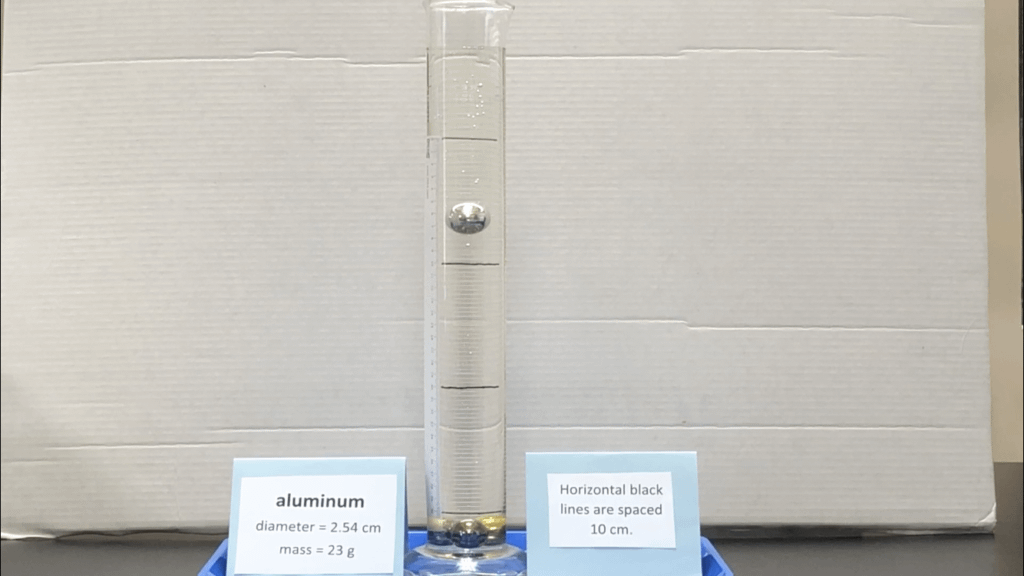
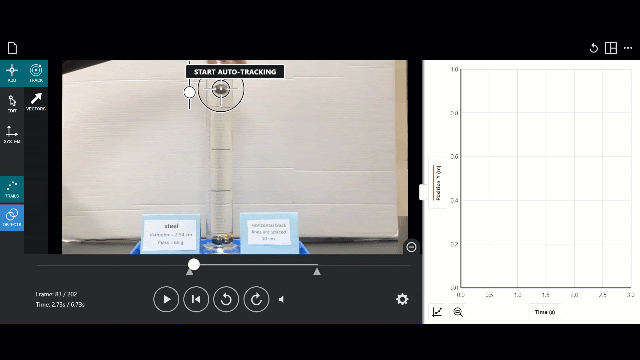
During this time, students examine motion through a viscous fluid by observing ball bearings falling through corn syrup. Students record video of this taking place and use the Vernier Video Analysis® app to collect and analyze position versus time data. They also use Logger Pro® software to graph drag force versus speed and to determine the relationship between the variables.
“Students are able to see that drag force in corn syrup is directly proportional to speed,” said Counts. “Without going through the video analysis process, students would have a much harder time finding this out.”
To further understand drag force, students drop stacks of coffee filters over a Vernier Motion Detector and then speculate about how a skydiver moves. Students analyze the position, velocity, and acceleration during various trials and compare them to their predictions.
“We are able to discuss the meaning of the slope of the best-fit line that Logger Pro applied to our drag force versus speed data,” said Counts. “This time they see that drag force through air is proportional to speed squared.”
Launch Time
As part of one of the final units in the project, students use what they have learned about drag force to revise their Python programs to simulate the motion of the two-liter bottle water rockets, including adding code to account for air resistance. Then, after AP exams are completed, students use their programs to optimize and rebuild their rockets before launching them as part of a fun end-of-course activity.
“My students really enjoy launching their rockets—it’s a spectacle! Students cheer when the launch goes as planned, and they laugh and learn from the unexpected surprises. I am always so impressed and fascinated because they come up with design ideas I would never have thought of.” – Pat Counts
About the Educator
Pat Counts
Wyoming High School
Wyoming, OH
Pat Counts has taught physics at Wyoming High School for 24 years. He primarily teaches junior and senior students at the high school. Pat actively posts his experiments on Twitter and can be followed under @Misterfizzx.

